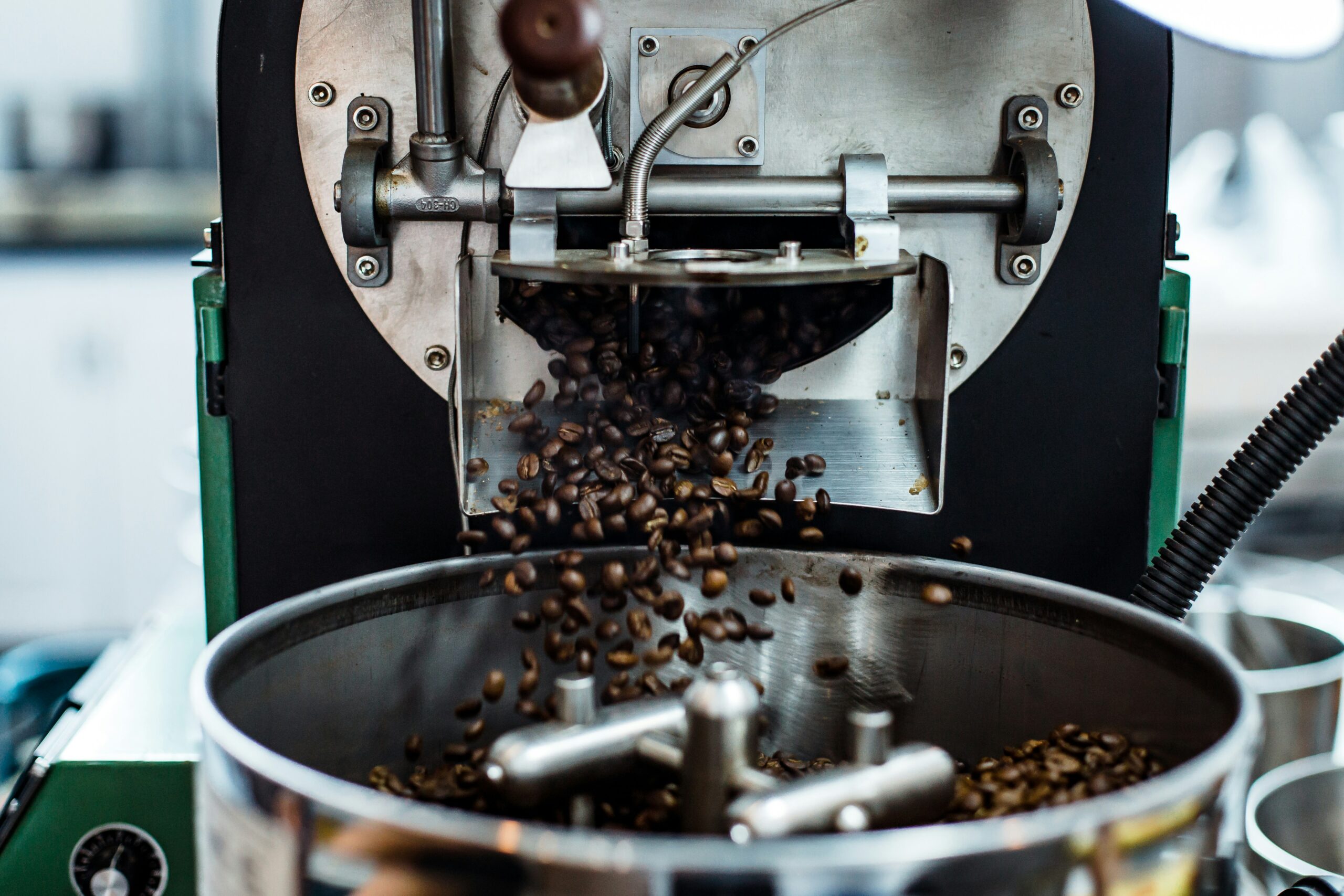
How to Store Tea and Coffee to Keep Them Fresher for Longer
For tea and coffee lovers, there’s nothing quite like the aroma and flavour of a perfectly brewed cup. Whether you

The key to great coffee is perfect coffee grounds, and the challenge is choosing the right coffee grind type for your preferred coffee maker. But don’t worry, we’re here to explain all that.
With so many fantastic coffee makers on the market, making delicious coffee at home has never been easier, but knowing the type of coffee grind you should be using is crucial to mastering that satisfying taste you crave. Choosing the right grind size will result in the perfect amount of flavour from your fresh coffee grounds, and once you’ve mastered the process, you’ll never look back.
In this blog post we’ll explore the different types of coffee grinds, which grind is best suited for different coffee makers and some tips and tricks to help you achieve the best results from your beans. So, grab a mug and your favourite Pennington’s coffee beans and let’s get brewing!
Absolutely it does. Choosing the right coffee grind size is essential for achieving the perfect cup of coffee. Whether you’re using a cafetiere, moka pot, V60 or Aeropress to brew your coffee beans, the coffee grind size can make all the difference in the taste and extraction of the coffee. From fine ground coffee to coarse ground coffee, different coffee grinds are suited to different coffee makers.
You’ve probably tasted bad coffee before, right? Well, most of the time, bad coffee is the result of extraction. If your coffee grounds are too coarse, you will not extract enough flavour, often resulting in coffee that has a sour or acidic taste. And, if your coffee grounds are too fine, you risk extracting too much flavour and your coffee with be overpowering, unpleasant and bitter. So yes, the coffee grind type matters and coffee grinding should not be overlooked.
There are two main types of coffee grinder: burr grinders and blade grinders. The blade grinder is the most common and affordable type of coffee grinder. It works like a tiny food processor by chopping the coffee beans with a blade. The downside to this method is that in the process of grinding coffee beans, you will inevitably create coffee grounds of different sizes, which can affect the taste of your brewed coffee.
Alternatively, a burr grinder produces a more uniform grind size by crushing the beans between two abrasive discs called burrs. Most baristas and coffee lovers will tell you that a burr grinder is superior when it comes to creating the perfect grind size and flavour, but they are more expensive than blade grinders. There are several types of burr grinder including flat burr grinders and conical burr grinders. The best coffee grinder for you is really down to your budget and what you want out of your cup of coffee.
Similar to the consistency of powdered sugar, or icing sugar, extra-fine ground coffee is really only used to make traditional Turkish coffee. Extra-fine ground coffee is favoured for Turkish coffee because it is not filtered out of the cup, resulting in a very strong coffee with fine grinds in it. It is made by bringing a mixture of cold water, extra-fine ground coffee and sugar to the boil before serving with the dark foam that builds on top.
Fine ground coffee is likely the most common grind size you will come across when you buy pre-ground coffee, unless labelled otherwise. In terms of consistency, finely ground coffee should be slightly finer than table salt or granulated sugar and powdery to touch. Espresso is best brewed with fine coffee grounds because of the short brew time the coffee comes into contact with the water.
Medium-fine coffee grounds are best suited to Aeropress and moka pot coffee makers. The consistency of medium-fine grind coffee is more-coarse than espresso grind and similar to that of sand. If the coffee grind is too fine when using a stovetop moka pot, the brewing water may not be able to pass through the grounds and burst out of the seal.
Resembling the texture of ground rock salt, medium ground coffee is typically used for pour over coffee makers. Pour over coffee makers, otherwise known as Hario V60 coffee makers or coffee drippers, are fantastic for making single-cup coffee without the need for bulky electrical coffee machines. If your brewing water seems to drip through the medium grind coffee straight away, this is an indicator to make the grind finer and if the water sits on top then the coffee should be coarser.
Coffee made in a cafetiere is best brewed with coarse ground coffee beans. A cafetiere, or French press, extracts coffee by steeping the coffee in water and the longer you steep the coffee, the stronger the flavour will be. The coffee grounds have to be coarse enough so the coffee doesn’t become over extracted and if they are too fine, it will prove difficult to use the plunger to move the coffee ground to the bottom before pouring. Chemex coffee makers are also suited to coarse ground coffee as the brewing process is particularly slow.
At Pennington’s we understand that matching the right size of ground coffee with your preferred coffee maker is important to getting the best from speciality coffee beans. Don’t have a coffee grinder? It’s not a problem, we can grind your coffee fresh to order for espresso, Aeropress, filter, cafetiere and pretty much anything in between so don’t hesitate to get in touch with any questions.
Explore Penningtons’ divine ground coffee.

For tea and coffee lovers, there’s nothing quite like the aroma and flavour of a perfectly brewed cup. Whether you

Finding the perfect Christmas gift can be tricky but if your loved ones adore great tea or coffee, you’re already